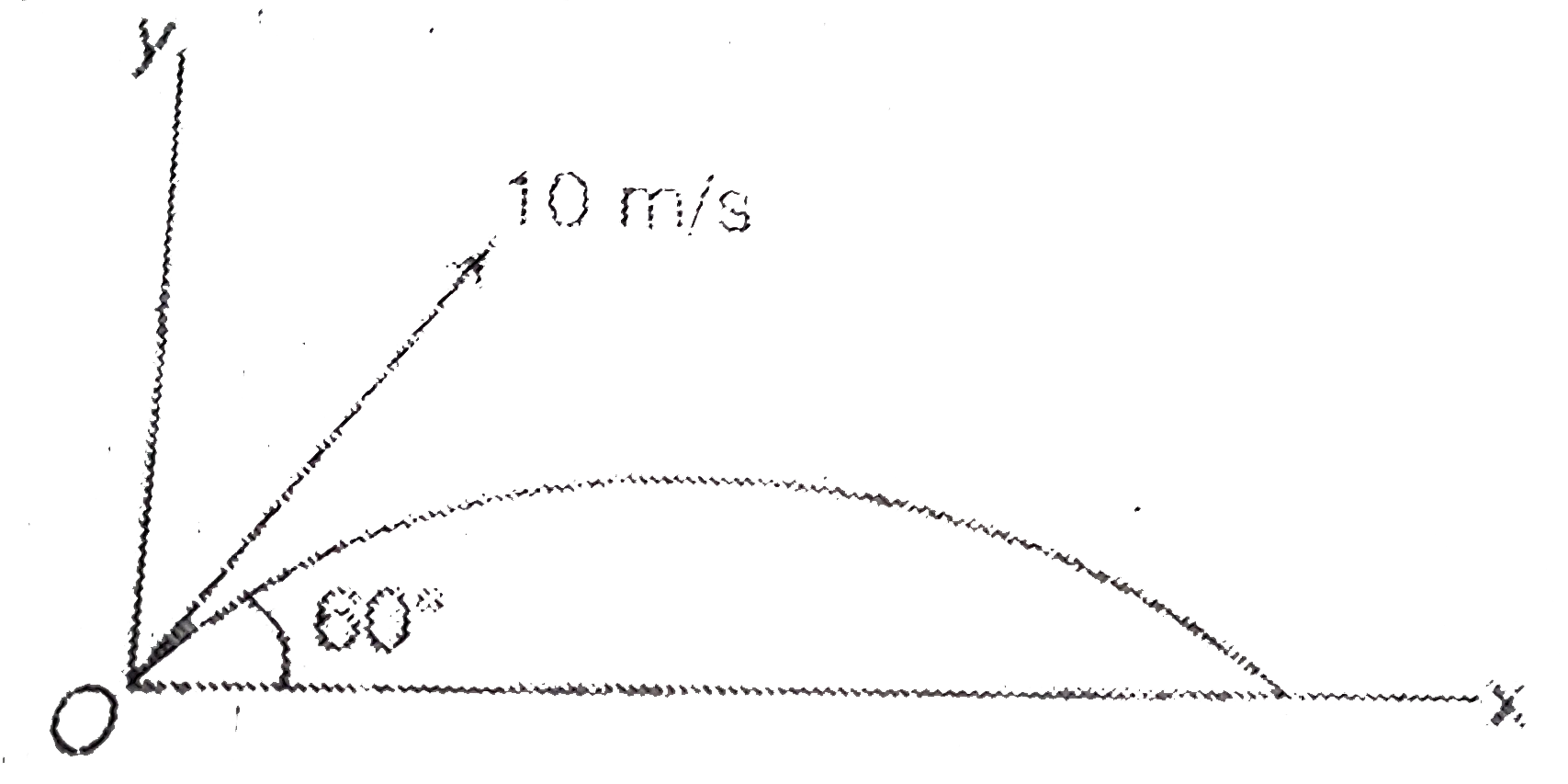A heavy particle is suspended by a string of length 60 cm from a fixed point O. it is projected horizontally with speed 4.2m/s from its lowest position : (Take g=9.8m/s2)
The particle will rise to a maximum height of 30 cm above O.
The maximum height above O reached by the particle will be less than 30 cm
When the particle reaches the maximum height it will have kinetic energy
The particle will leave the circular path while going up
The correct Answer is:B, C, D
Step by step video, text & image solution for A heavy particle is suspended by a string of length 60 cm from a fixed point O. it is projected horizontally with speed 4.2 m//s from its lowest position : (Take g=9.8m//s^(2)) by Physics experts to help you in doubts & scoring excellent marks in Class 11 exams.
Topper's Solved these Questions
- BOOK - PHYSICS GALAXY - ASHISH ARORACHAPTER - WORK, ENERGY AND POWEREXERCISE - unsolvedMCQ78videos
WORK, ENERGY AND POWER
- BOOK - PHYSICS GALAXY - ASHISH ARORACHAPTER - WORK, ENERGY AND POWEREXERCISE - unsolved1videos
WORK, ENERGY AND POWER
- BOOK - PHYSICS GALAXY - ASHISH ARORACHAPTER - WORK, ENERGY AND POWEREXERCISE - Discussion Question31videos
WORK, ENERGY AND POWER
- BOOK - PHYSICS GALAXY - ASHISH ARORACHAPTER - RIGID BODIES AND ROTATIONAL MOTIONEXERCISE - Unsolved Numerical63videos
RIGID BODIES AND ROTATIONAL MOTION
Similar Questions
A particle is suspended by a light vertical inelastic string of length 1 from a fixed support. At its equilbrium position it is projected horizontally with a speed √6gl. Find the ratio of the tension in the string in its horizontal position to that in the string when the particle is vertically above the point of support.
View SolutionA body is suspended by a string of length 1 m and is projected horizontally with a velocity of 4ms−1 Calculate its tangential and radial accelerations when the string rises by 60∘ from its initial position.
View Solution
Knowledge Check
- Question 1 - Select One
A particle of mass m is suspended from a string of length l fixed to the point O. What velocity should be imparted to the particle in its lowermost position so that the string is just able to reach the horizontal diameter of the circle?
 Av=√2glBv=√3glCv=√glDv=2gl
Av=√2glBv=√3glCv=√glDv=2gl - Question 2 - Select One or More
A heavy particle is attached to one end of a string 1m long whose other end is fixed at O. It is projected from it lowest position horizontally with a velocity V:
AIf V2>5 g the particle will describe complete circular motion in the vertical planeBIf V2=3.5 g the tension in the string will become zero after the string has turned through 120∘CIf V2=2 g, the tension in the string becomes zero the velocity of the particle also becomes zeroDIf V2=g the velocity of the particle becomes zero after the string turns through 60∘ - Question 3 - Select One or More
A ball is projected vertically up with speed 20 m/s. Take g=10m/s2
AIt covers a distance of 5 m in 2nd second of its motionBThe displacement in 2nd and 3rd second are equalCThe distance covered in 2nd and 3rd second are equalDThe average speed for first 4 seconds is zero
A heavy particle hanging from a string of length l is projected horizontally with speed √gl. Find the speed of the particle at the point where the tension in the string equals weight of the particle.
View SolutionA particle is projected at an angle 60∘ with the horizontal with a speed 10m/s. Then, latus rectum is (Take g=10m/s2)
 View Solution
View SolutionA particle suspended from a fixed point, by a light inextensible thread of length L is projected horizontally from its lowest position with velocity 7gL . The thread will slack after swinging through an angle , such that equal
View SolutionA particle suspended by a light inextensible thread of length l is projected horizontally from its lowest position with velocity √7gl/2. The string will slack after swinging through an angle equal to
View SolutionA heavy particle hanging from a fixed point by a light inextensible string of length l is projected horizonally with speed √gl . Find the speed of the particle and the inclination of the string to the vertical at the instant of the motion when the tension in the string is equal to the weight of the particle.
View Solution

